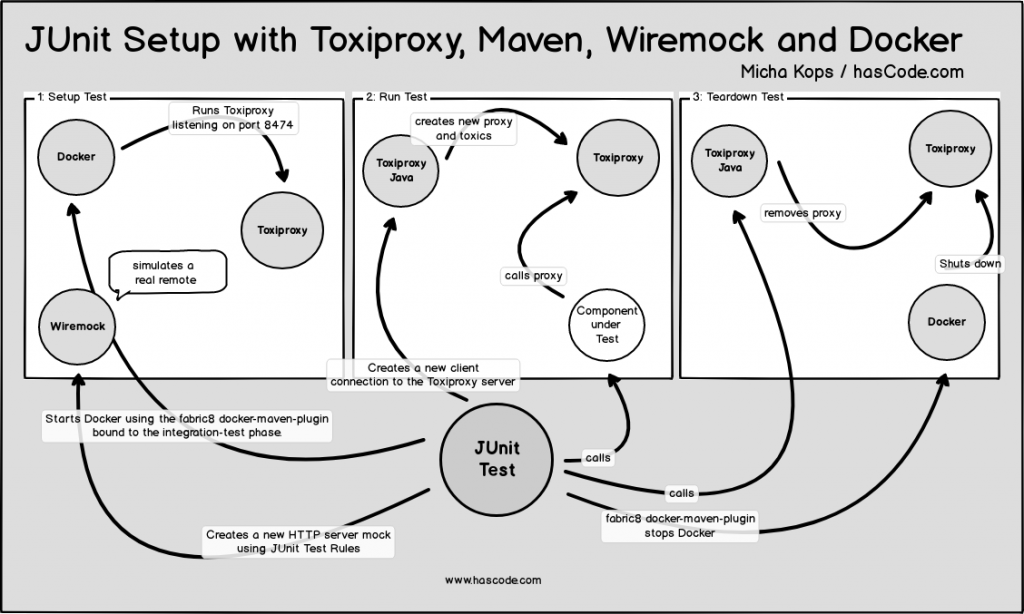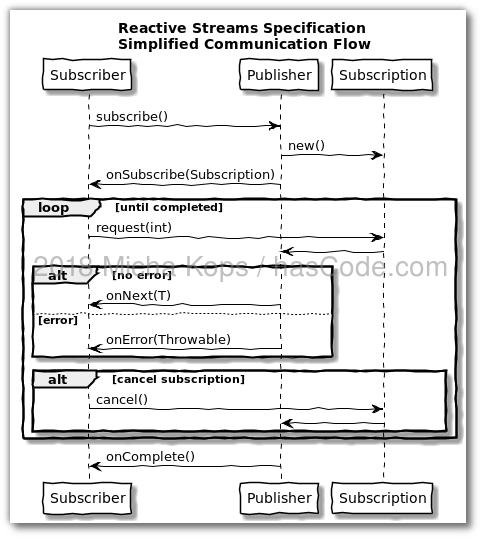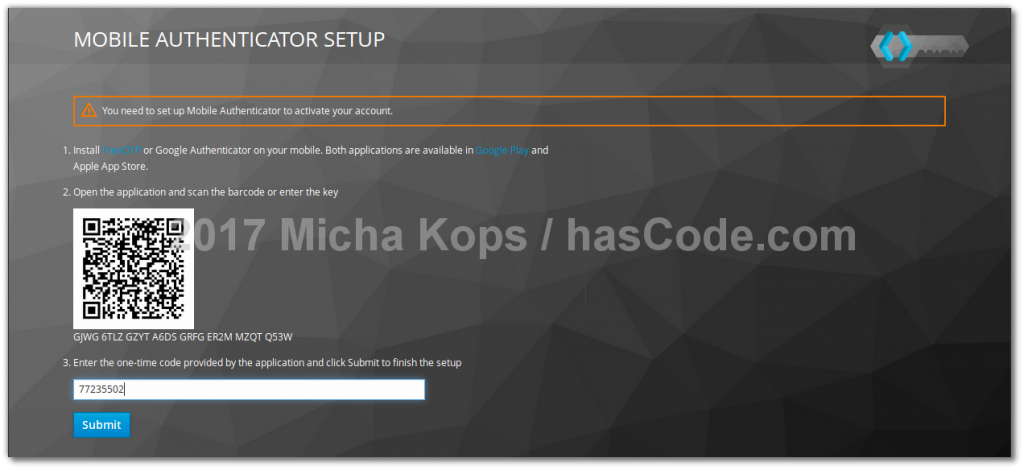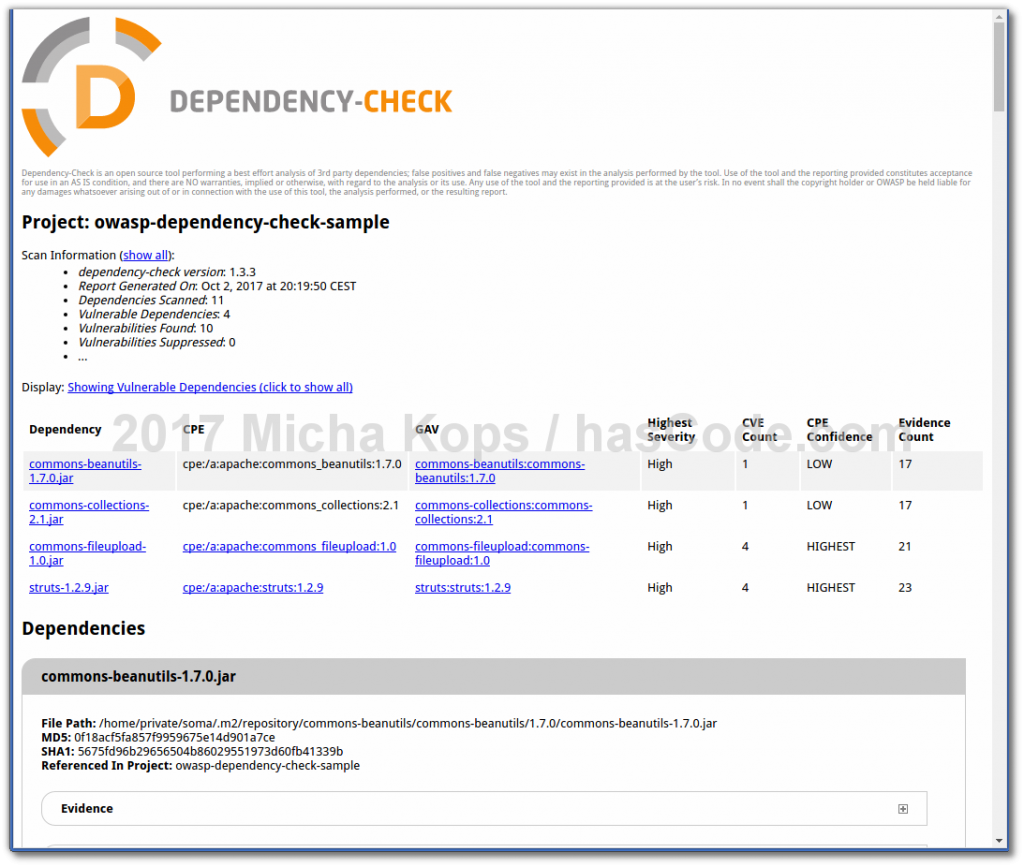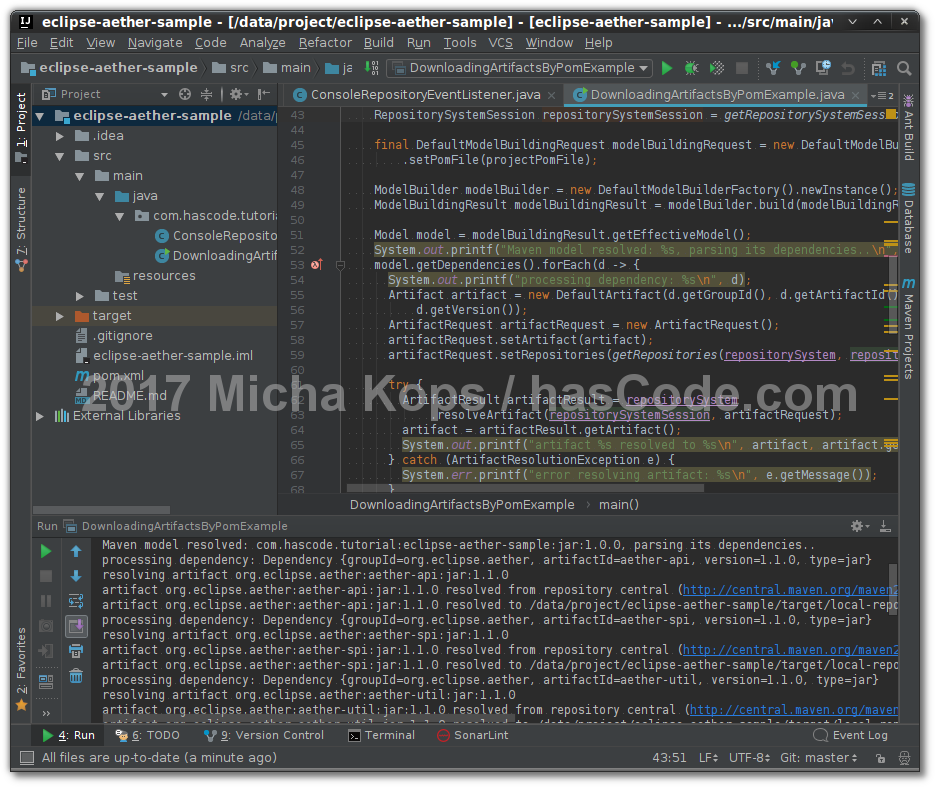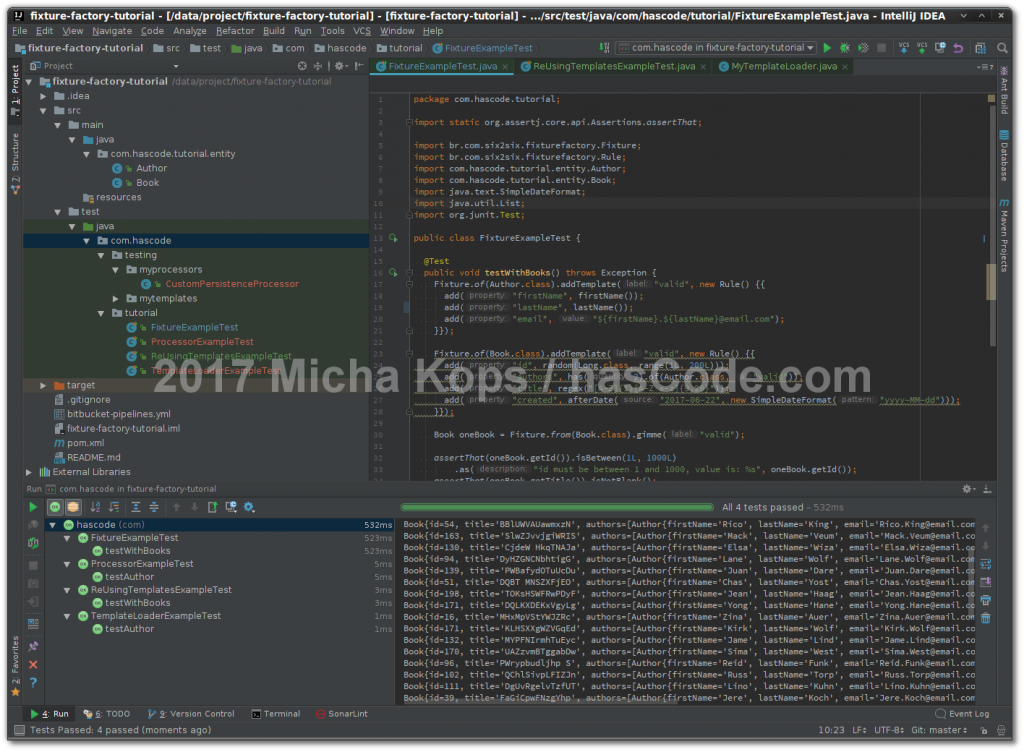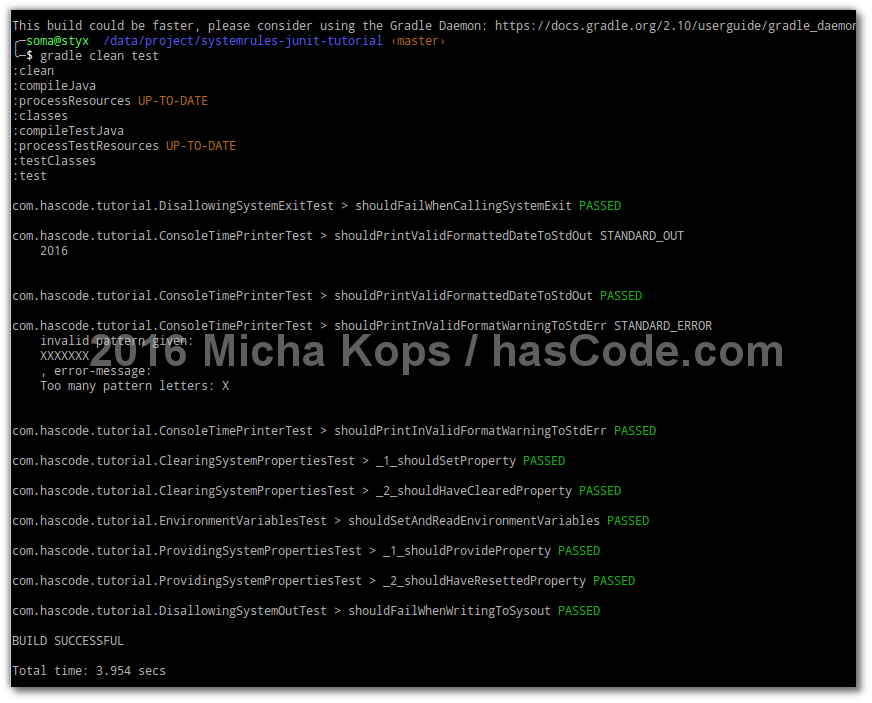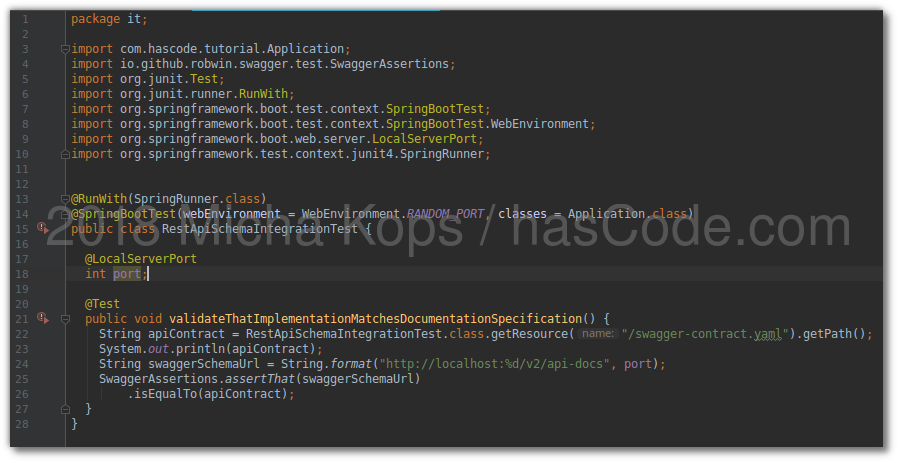
Testing OpenAPI Swagger Schema Compliance with Java, JUnit and assertj-swagger
The OpenAPI and Swagger API description format are becoming important standards to specify API contracts for RESTful web services and the Microservices trend pushes the need for such contracts even further. Therefore arises the need for software architects, testers and developers to write tests to verify if an exposed API follows such a specified contract. In the following tutorial I will demonstrate a setup with Java, Maven, JUnit and the designated contract-testing-library, assertj-swagger that verifies the validity of such a contract exposed by a Spring Boot application against a local stored definition. ...
